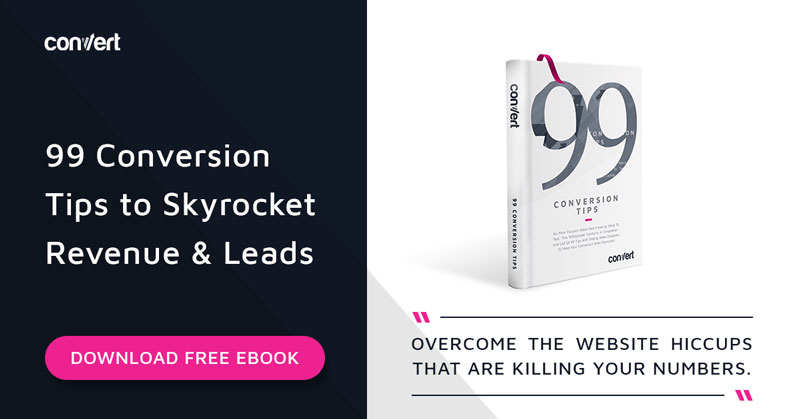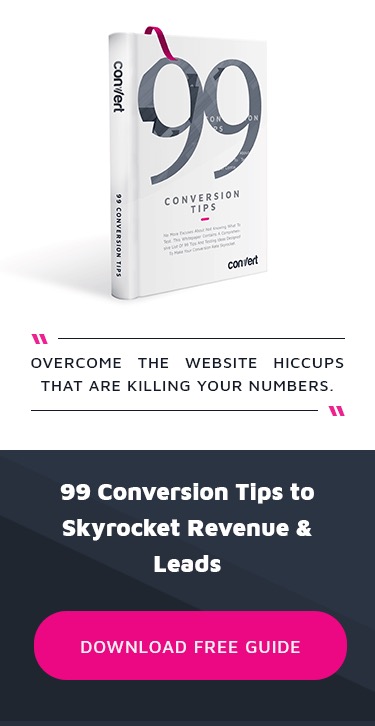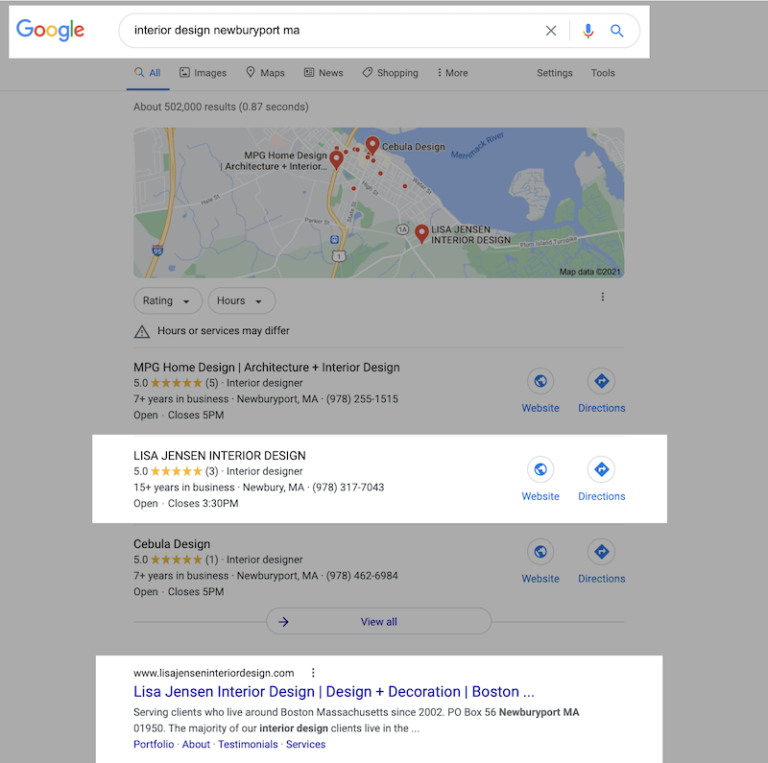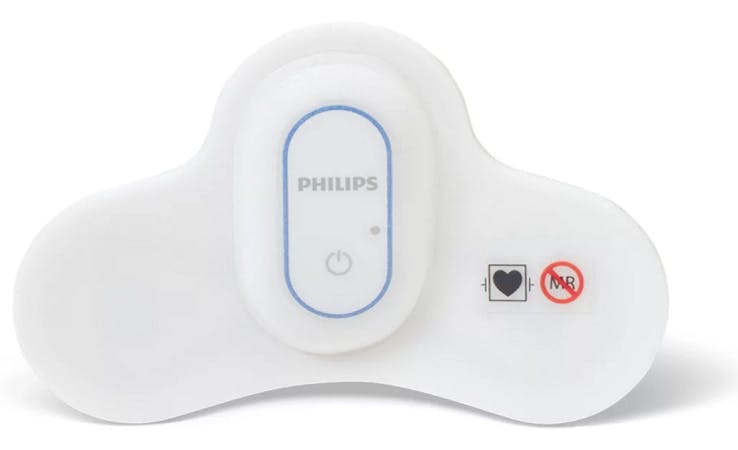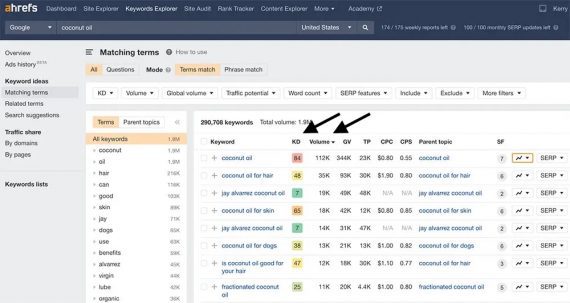07th Aug 2018 – 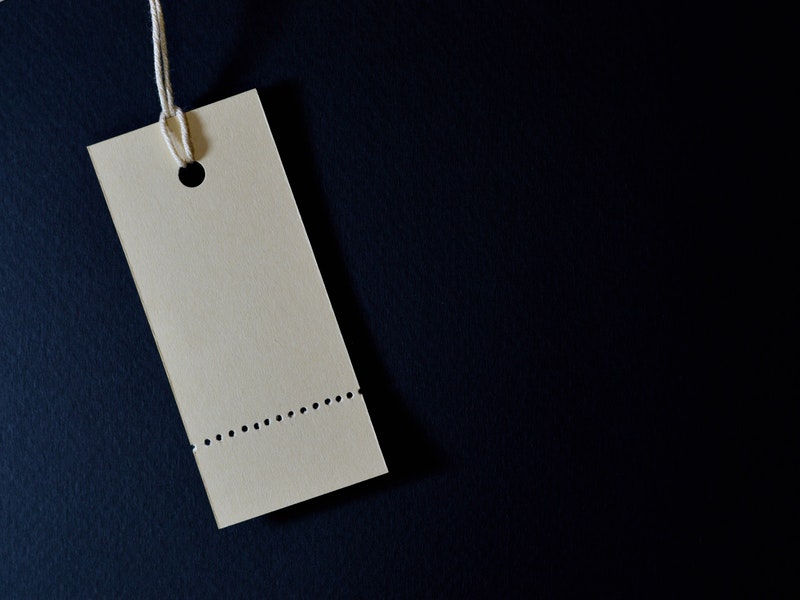
Think about things that are being given away for free – no risk there right? I’m referring to something like an ecommerce website that consists of a large collection of product categories. You could ship a free product if a customer purchases something of high value.
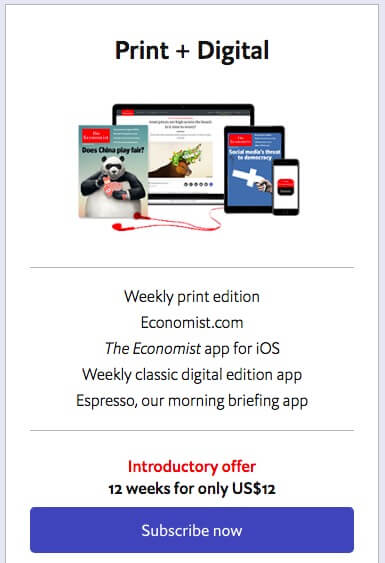
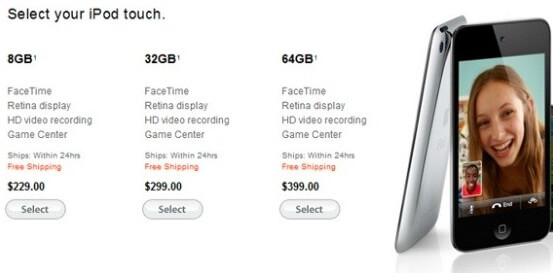
One of the best things we’ve learned from successful product launches is:
Perceived Value
In this short article, we’ll discuss the various methods that you can employ to make sure you’re at your sweet spot.
Even if your pricing strategy is on point, you won’t be able to sell if you can’t communicate your underlying differentiator to your customers.
After you test, then be prepared to tweak.
If you can, you probably should get a focus group together to test the product, it’s perceived value and most importantly its price.
Limited release across different markets also helps figure out how much people will be willing to pay for your product or service.
Pricing Basics Simplified
Excellent Marketing + Proper Pricing = Success
- High-end or expensive pricing If you want to go this route, you have to note that there are some aspects that you must have hammered down before your launch. Think about it this way: if you want to charge more, then you have to “give” more.
- Your USP (unique selling proposition) has to be clearly conveyed and adequately niched out. Join the conversation that is already happening in the mind of your prospects with your USP and your product will be welcomed.
- Packaging has to feel expensive and provide everything that your customers will ever need.But, wait. How about if it’s a service? If you’re launching a mastermind course for example, why don’t you include a PDF of the transcript, practice notes, and a video instead of a single e-book? The variety of resources act to up the perceived value and function better as a “package” or a bundle – than a single item. Another great example of service packaging is the add-on of a 24 hour concierge. People rarely request support all day every day. Or even at awkward times like 5 am in the morning. The instances where the concierge is called to duty are limited. But the assurance of extended support is highly lucrative. And the company also benefits from the substantial increase in the monthly subscription price, even though the resources they invest may not be too outside the realm of regular support.
- Availability – A strategic constraint on availability is a great way to justify an “upscale” price. If the item or the service you’re selling can only be made or rendered in limited quantities and slots, you have the option to jack up the price tag.
- A variation of availability is the time to delivery. This is particularly pertinent for items made from scratch. Or even SaaS products that take a lot of custom configuration. Buyers and customers who don’t want to wait to receive their purchase can pay you extra for the privilege of expedited access. This is not to be confused with “early access” though. Early access is a way to give your best buyers the thrill of a sneak peek – before anyone else.
However, we’re not here to scare you. There are a lot of ways that you can tweak your pricing for success.
It will help you penetrate the market easier. However, you have to be careful not to drop your prices too much, or you’re at risk of causing a market disruption and forcing your competitors into dropping their prices as well. Remember, if they can’t match your added value, they’ll end up slashing prices to compete. And this is unhealthy for the entire industry.
There are a couple of pricing strategies that you can leverage when you are about to launch.
But, there’s more to this.
Charge too much, and nobody is going to want to use your offerings, charge too little, and you might trigger your competitors to engage with you in a destructive price war. However, it’s not just that you should be worried about.
How Can I Price My Products Correctly Before Launch?
The price that you charge indicates value. A lower price might help you pierce through the market, but it could also mislead your potential customers into thinking that your product or service is worth less. A higher price might be harder to sell, but it does signify that the product has higher quality and offers more of the intangible qualities – lack of complication, increased prestige – that are so desirable.
- What is the value of my product?
- How are my competitors pricing their products?
- Do I offer more value than them?
- Can I convey my “value message” to my potential customers correctly?
The truth is simple: your product can fail because of its price.
Marketing specialists have been studying pricing for years, and there is a definite psychology to it.
- Make sure you have all your costs paid for with your price, if you’re going for incremental pricing, then you should ensure that you know how many units you should sell to recover your initial costs.
- Don’t price your product or service too low. You cannot afford a price war, and higher prices indicate more value.
- Learn from your competitors. You have to find out what your competitors did during their launches and position yourself better.
Tweaking and Testing
Check out how people will react to removing 5 cents from the price. If it’s , then charge .95 and you’ll be surprised at how much that helps increase the volume of sales. From hot dog stands to electronic sales, everyone does this regularly.
So, take it from me, getting the pricing right in the beginning will be worth it in the long-run.
There are a few questions that you have to ask yourself when pricing a launch:
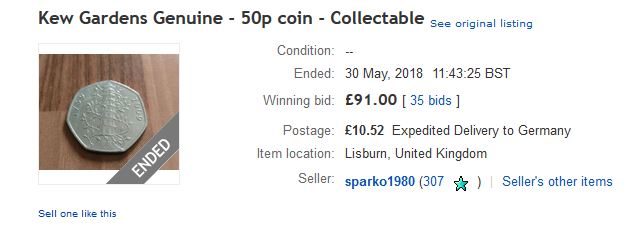
If you are offering packages, then provide a decoy or a package that seems overpriced. The inclusion of this package in your pricing table will inevitably push people towards choosing the most obviously advantageous bundle – which should always be the one that brings the best mix of profits and a positioning as a provider of value for you.
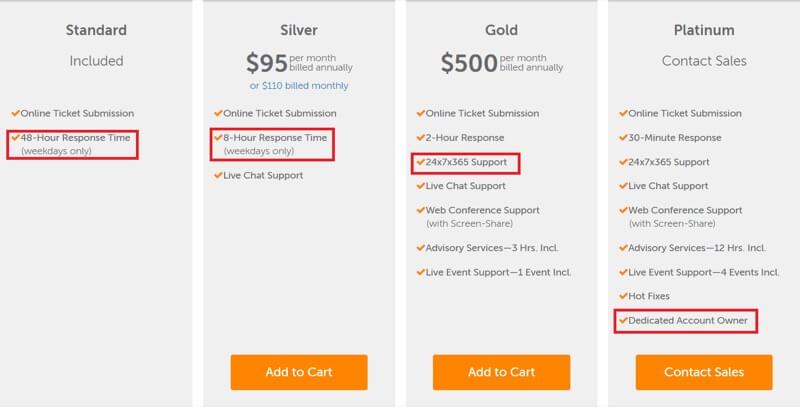
Also, don’t forget this:
Tap psychology with your pricing.
This can help you guide the customer into a mode where the promised “extra” clears away any lingering resistance to the price of the more expensive product. You can compound this effect by displaying suggestions to the customer in the form of complementary products, at a “discounted” price for the bundle.
Your Marketing Campaign Matters
It doesn’t really matter if it’s a product or a service; if you charge too much or too little, your campaign can be jeopardized.
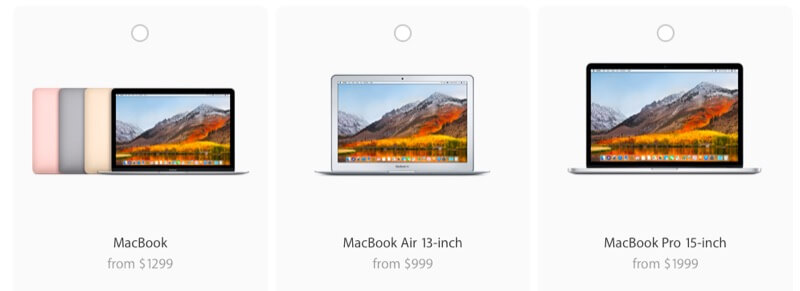
You need to make sure that you are delivering the proper message to your potential customers before they decide to purchase from you.
Take this into consideration.
Look at how Apple, despite being a global leader, still removes a dollar from the pricing. $ 1,999 for a MacBook Pro sounds better than $ 2,000.
